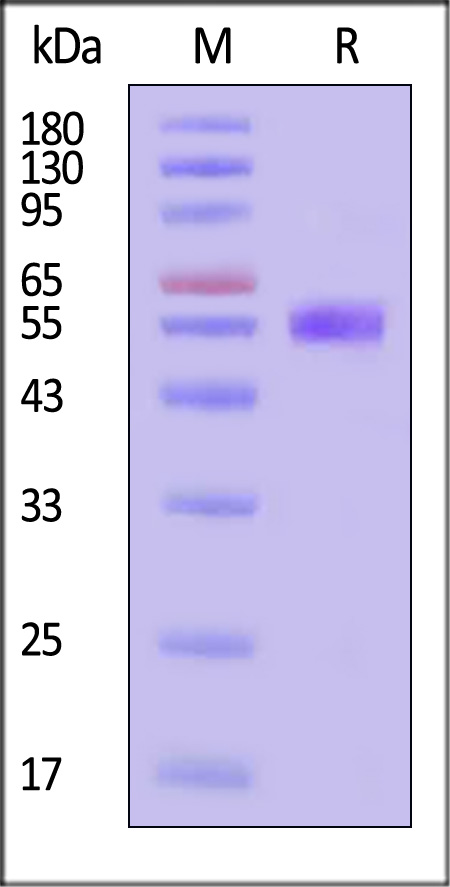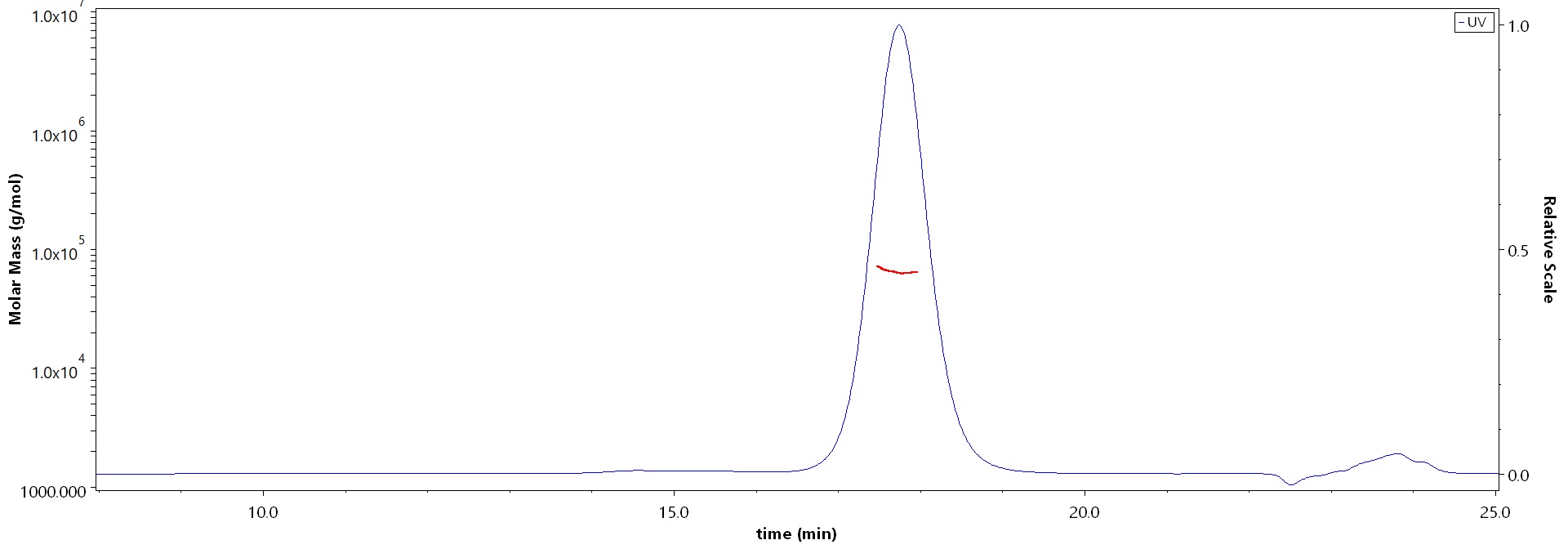Low-temperature cold plasma promotes wound healing by inhibiting skin inflammation and improving skin microbiomeZhou, Sun, Wang
et alFront Bioeng Biotechnol (2025) 13, 1511259
Abstract: Wound healing includes four consecutive and overlapping stages of hemostasis, inflammation, proliferation, and remodeling. Factors such as aging, infection, and chronic diseases can lead to chronic wounds and delayed healing. Low-temperature cold plasma (LTCP) is an emerging physical therapy for wound healing, characterized by its safety, environmental friendliness, and ease of operation. This study utilized a self-developed LTCP device to investigate its biological effects and mechanisms on wound healing in adult and elderly mice. Histopathological studies found that LTCP significantly accelerated the healing rate of skin wounds in mice, with particularly pronounced effects in elderly mice. LTCP can markedly inhibit the expression of pro-inflammatory cytokines (TNF-α, IL-6, IL-1β) and senescence-associated secretory phenotype factors (MMP-3, MMP-9), while significantly increasing the expression of tissue repair-related factors, such as VEGF, bFGF, TGF-β, COL-I, and α-SMA. It also regulated the expression of genes related to cell proliferation and migration (Aqp5, Spint1), inflammation response (Nlrp3, Icam1), and angiogenesis (Ptx3, Thbs1), promoting cell proliferation and inhibit apoptosis. Furthermore, LTCP treatment reduced the relative abundance of harmful bacteria such as Delftia, Stenotrophomonas, Enterococcus, and Enterobacter in skin wounds, while increasing the relative abundance of beneficial bacteria such as Muribaculaceae, Acinetobacter, Lachnospiraceae NK4A136_group, and un_f__Lachnospiraceae, thereby improving the microbial community structure of skin wounds. These research findings are of significant implications for understanding the mechanism of skin wound healing, as well as for the treatment and clinical applications of skin wounds, especially aging skin.Copyright © 2025 Zhou, Sun, Wang, Wang, Jiang, Tang, Xia and Xiao.
Loss of tumor cell surface hepatocyte growth factor activator inhibitor-1 predicts worse prognosis in esophageal squamous cell carcinomaUmekita, Kiwaki, Kawaguchi
et alPathol Res Pract (2025) 266, 155809
Abstract: Hepatocyte growth factor activator inhibitor-1 (HAI-1) is an epithelial type-1 transmembrane protease inhibitor that regulates the pericellular activities of hepatocyte growth factor activator and type-2 transmembrane serine proteases. It is strongly expressed in the stratified squamous epithelium and functions on the cell surface. We previously reported that the cell surface immunoreactivity of HAI-1 was reduced at the invasion front of oral squamous cell carcinoma. In this study, we investigate the relationship between cell surface HAI-1 (csHAI-1) and prognosis of esophageal squamous cell carcinoma (ESCC) after surgery. The effect of HAI-1 knockdown on cultured ESCC cells was also analyzed in vitro. HAI-1 exhibited distinct cell surface immunoreactivity in normal esophageal epithelium. In contrast, alterations in HAI-1 immunoreactivity were frequent in cancer cells, which exhibited aberrant intracytoplasmic localization and decreased cell surface immunoreactivity. The preservation of csHAI-1 immunoreactivity was a sign of a well-differentiated phenotype of ESCC cells. The decreased csHAI-1 was associated with shorter overall survival (OS) and disease-free survival (DFS) in the patients. In 55 cases of early (T1) ESCC cases, decreased csHAI-1 also predicted poor OS and DFS. The loss of HAI-1 enhanced migration and invasion of ESCC cells in vitro. These results suggest that the decreased cell surface immunoreactivity of HAI-1 is associated with a less differentiated phenotype and worse prognosis in ESCC. The cell surface-localized HAI-1 may serve as a promising marker for predicting recurrence and prognosis of ESCC.Copyright © 2025 The Authors. Published by Elsevier GmbH.. All rights reserved.
Loss of hepatocyte growth factor activator inhibitor type 1 (HAI-1) upregulates MMP-9 expression and induces degradation of the epidermal basement membraneWeiting, Kawaguchi, Fukushima
et alHum Cell (2024) 38 (1), 36
Abstract: Hepatocyte growth factor activator inhibitor type 1 (HAI-1), which is encoded by the SPINT1 gene, is a membrane-associated serine proteinase inhibitor abundantly expressed in epithelial tissues. We had previously demonstrated that HAI-1 is critical for placental development, epidermal keratinization, and maintenance of keratinocyte morphology by regulating cognate proteases, matriptase and prostasin. After performing ultrastructural analysis of Spint1-deleted skin tissues, our results showed that Spint1-deleted epidermis exhibited partially disrupted epidermal basement-membrane structures. Matrix metalloproteinases-9 (MMP-9) expression levels were upregulated in Spint1-deleted primary cultured keratinocytes and SPINT1 knockout (KO) HaCaT cells. Furthermore, gelatin zymography of the conditioned medium showed increased MMP activities in keratinocytes with reduced HAI-1 expression. Treating SPINT1 KO HaCaT cells with dehydroxymethylepoxyquinomicin (DHMEQ), a small molecule inhibitor of NF-κB, abrogated the upregulation of MMP9 and the gelatinolytic activity associated with MMP-9. These results suggest that HAI-1 may play a critical role in epidermal basement membrane integrity by regulating NF-κB activation-induced upregulation of MMP-9.© 2024. The Author(s) under exclusive licence to Japan Human Cell Society.
Neutrophil Elastase Targets Select Proteins on Human Blood-Monocyte-Derived Macrophage Cell SurfacesAhmed, Kummarapurugu, Zheng
et alInt J Mol Sci (2024) 25 (23)
Abstract: Neutrophil elastase (NE) has been reported to be a pro-inflammatory stimulus for macrophages. The aim of the present study was to determine the impact of NE exposure on the human macrophage proteome and evaluate its impact on pro-inflammatory signals. Human blood monocytes from healthy volunteers were differentiated to macrophages and then exposed to either 500 nM of NE or control vehicle for 2 h in triplicate. Label-free quantitative proteomics analysis identified 41 differentially expressed proteins in the NE versus control vehicle datasets. A total of 26 proteins were downregulated and of those, 21 were cell surface proteins. Importantly, four of the cell surface proteins were proteoglycans: neuropilin 1 (NRP1), syndecan 2 (SDC2), glypican 4 (GPC4), and CD99 antigen-like protein 2 (CD99L2) along with neuropilin 2 (NRP2), CD99 antigen (CD99), and endoglin (ENG) which are known interactors. Additional NE-targeted proteins related to macrophage function were also measured including CD40, CD48, SPINT1, ST14, and MSR1. Collectively, this study provides a comprehensive unbiased view of selective NE-targeted cell surface proteins in chronically inflamed lungs.


























































 膜杰作
膜杰作 Star Staining
Star Staining















